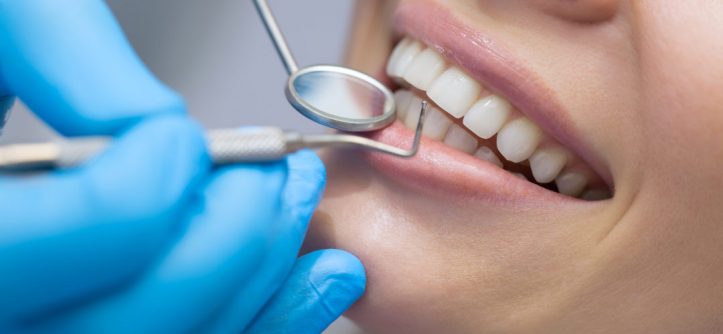Many of us believe that we brush our teeth correctly and thoroughly. However, you can never be too sure about this because it is quite possible that you have a cavity or two without even knowing it. To help you get rid of them, we’ve come up with a list of symptoms to look out for.
If you’re having a problem with cavities, it’s important to know what they are. Cavities form when bacteria eat away at your teeth, and they start in your mouth. The bacteria causes the enamel on your teeth to dissolve and that can lead to pain and bad breath. The best way to know if you have a cavity is by having someone check your teeth every six months.
How to tell if you have a cavity?
Some of the main symptoms of a cavity include:
– Toothache
It is the first symptom most people notice because it signals that there is a problem with your teeth. The problem with toothache is that it can be sign of a lot more serious problems. For example, if you have decay in your tooth or a loose filling, the pain from the toothache will spread to other parts of your head and jawbone.
– Bad breath
Bad breath is another common symptom caused by cavities. The bacteria that causes cavities feeds on sweets and starches, so when plaque forms on your teeth it produces an unpleasant smell.
– Seen an increase in decay
When your dentist examines your teeth, they will look for evidence of decay. This can include discoloration or a change in shape to a tooth. Decay can also be seen by the naked eye because it makes the surrounding tooth less white and more brownish.
– Swelling around the tooth
This is also an early sign that you have a cavity, as swelling will occur if the root of your tooth is infected. The swelling will usually go away on its own after a few days, but if it persists you should see your dentist.
– Awkward chewing habits
When teeth are in good shape they can bite firmly into food without being worn down. However, when teeth are damaged they can’t withstand the force of munching and start to wear down quickly. This is why people with cavity often find that their jaw starts to hurt after eating.
– Changes in how bright or dull your teeth appear
If you have dental insurance, one of their routine checkups may include x-rays to see if there are any cavities present. The lightreflectivity of your teeth will be changed if there is damage to the tooth structure.
– Sensitivity to hot or cold items
When teeth are damaged, heat and cold can cause extra pain. This is because tooth pain reflects actual damage to the nerve. The problem is that if this pain is not treated it can become chronic and lead to tooth loss.
– Yellow stain on teeth
If you have a tooth that is seriously damaged, it might start to produce a yellowish-white stain on your teeth. This is caused by decay eating away at the tooth’s enamel tissue.
– Changes in how your teeth feel when you bite down
Biting down sharply on a tooth that is in bad shape can cause it to crack or break. This will cause pain and sensitivity, and the Tooth may even have to be replaced.
If you’re experiencing any of these symptoms, it’s important to visit a dentist or oral health professional as soon as possible.
Conclusion:
The most common cavities are found in the back teeth. It is caused by the build up of plaque which hardens into tartar on the tooth surface. Once tartar has formed, it can’t be removed by brushing and flossing alone. You will need to have your dentist remove this buildup from your teeth with a dental tool called a curette. Cavities that cause sensitivity in the teeth can also be painful and will require treatment.






Leave a Reply